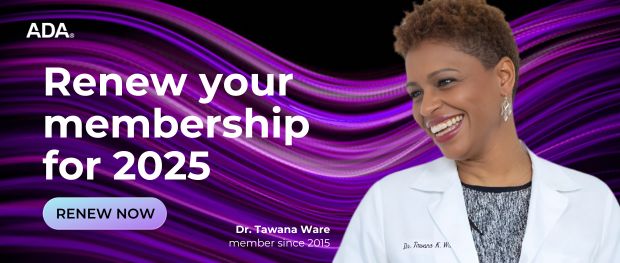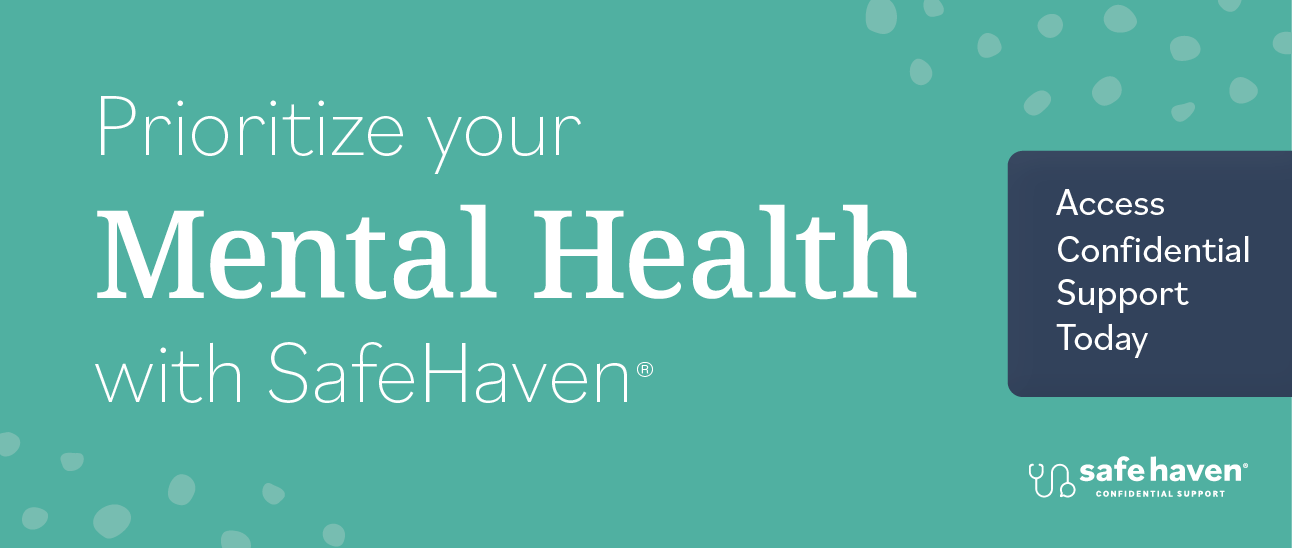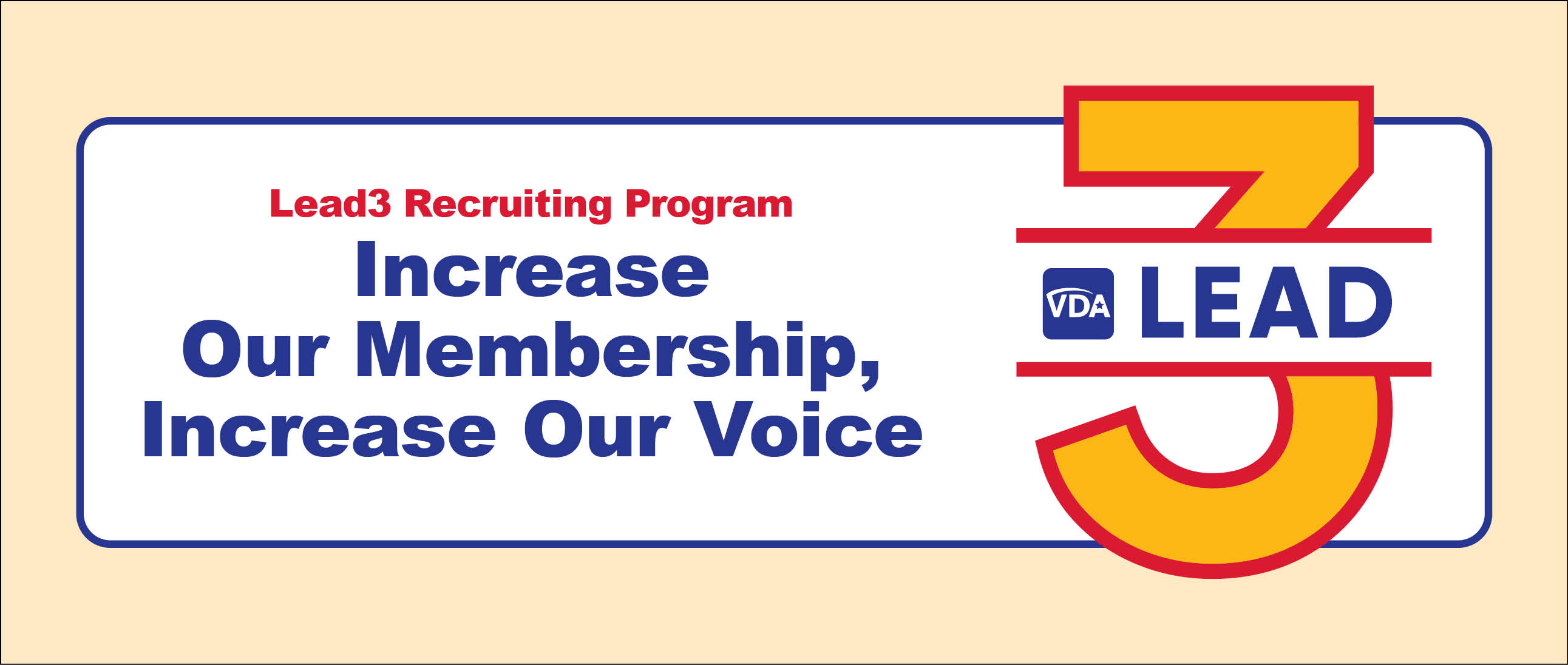Study reveals losses to manual and insufficient electronic insurance verification.
How much time does your staff spend manually completing insurance eligibility and benefit verifications? The 2021 CAQH Index[1] found each manual verification takes a minimum of 12 minutes. The data for those 12 minutes only includes the time it takes to conduct the verification, not the additional time spent on follow-up claim issues. Adding the follow-up claim issues essentially doubles the total time per verification, per patient. If you multiply 24 minutes by even 75 patients… you quickly encounter a very difficult labor problem. The good news is this problem is easily solved with new automated processes that can take just seconds to complete.
Current Losses
How does the time measured in the study translate into losses or gains for your practice? First, you're spending money on salary for a staff member dedicated to insurance verifications. And, you’re losing money on uncollected payments. Those are big hits for the industry as a whole. In fact, the annual report found the dental industry could save 839 million dollars a year, just by automating the verification process.[2]
What’s more, automation extends beyond the verification process. The Index found that adopting electronic systems improved multiple dental insurance processes including eligibility and benefit verifications, claim submission, attachments, acknowledgments, claim status inquiry, claim payment and remittance advice.
The goal for your practice is to reduce time and cost associated with processes that are either being handled manually or insufficiently handled by existing electronic processes. In 2020, 87% of dental claim payments were still manually managed. Are you one of those practices with at least one employee spending a minimum of 20 to 40 hours a week on manual insurance verifications? A major Dental Service Organization (DSO), with more than 100 locations, states it is only able to manually verify about 30% of patients on the schedule in a week. Practices are losing revenue, staff time is inefficiently spent and patients are forced into procedure delays because of antiquated processes.
Let’s look at three key benefits where automation can shift the way your insurance eligibility and verification process works:
Efficiency
With some automated insurance eligibility and benefit verification processes, high-volume verification reports are always waiting for you in your system. Generated automatically, these code-by-code reports are run for hundreds or even thousands of patients. For maximum efficiency, insurance verifications can be generated up to a week in advance for every patient on the schedule. To further cut down on additional paperwork, these specific reports provide in-depth results including payer, provider, subscriber, coverage type and dates, deductibles, maximums, plan provisions and any limitations.
Accuracy
Claim denials are a big problem. If errors are missed during the verification process, it’s highly likely the claim will be rejected upon initial submission. With automation that produces a highly specific report, you can actually be notified of errors in advance of the claim submission. If there is a discrepancy of information, the patient’s report will be flagged, giving you the heads up that there is a problem either internally or with the patient's carrier. Additionally, the system can indicate the specific data field that is returning the error. Staff now have quick and easy access to what needs to be corrected. Catching and correcting errors during initial verification can substantially reduce claim rejections.
Payments
It’s probably safe to say that a major thorn in your side is payment collection. With highly efficient automation, you can have an accurate, code-by-code, full benefits report quickly at your fingertips for each patient. Your staff will know what the patient’s responsibility will be for a procedure and what insurance should pay. You’ve now increased the likelihood of receiving the expected amounts owed by both patient and insurer.
The 2021 CAQH Index finds the dental industry is making progress in replacing manual and semi-electronic processes with those that are fully automated. However, there are still big lags on the insurance side of the business when it comes to adopting fast, efficient and profit-driven automation. The difference between hours on the phone with insurance companies and having reports in a matter of seconds is highly substantial for most practices. This one change in your practice workflow could be transformational in reducing the cost and time associated with insurance eligibility and benefit checks.
iCoreConnect is a VDA Member Perks Endorsed Partner. iCoreVerify completes automated insurance verifications - up to 7 days in advance - for every patient on the schedule. Learn more about iCoreVerify at land.icoreconnect.com/VA1 or call 888.810.7706. VDA members receive substantial discounts on iCoreVerify as well as other VDA Member Perks endorsed products from iCoreConnect.
[1] This annual report, the ninth produced by CAQH, measures national progress in reducing the costs associated with conducting administrative transactions in the healthcare industry for medical and dental plans and providers. The CAQH Index tracks the adoption of Health Insurance Portability and Accountability Act (HIPAA) mandated transactions, as well as other administrative transactions related to verifying insurance coverage, obtaining authorization for care, submitting a claim, attaching supplemental information and sending and receiving payments. The report this year is unique as it measures adoption, volume and cost savings during a national pandemic — COVID-19 — an unprecedented event that significantly impacted the healthcare industry and its administrative functions.






